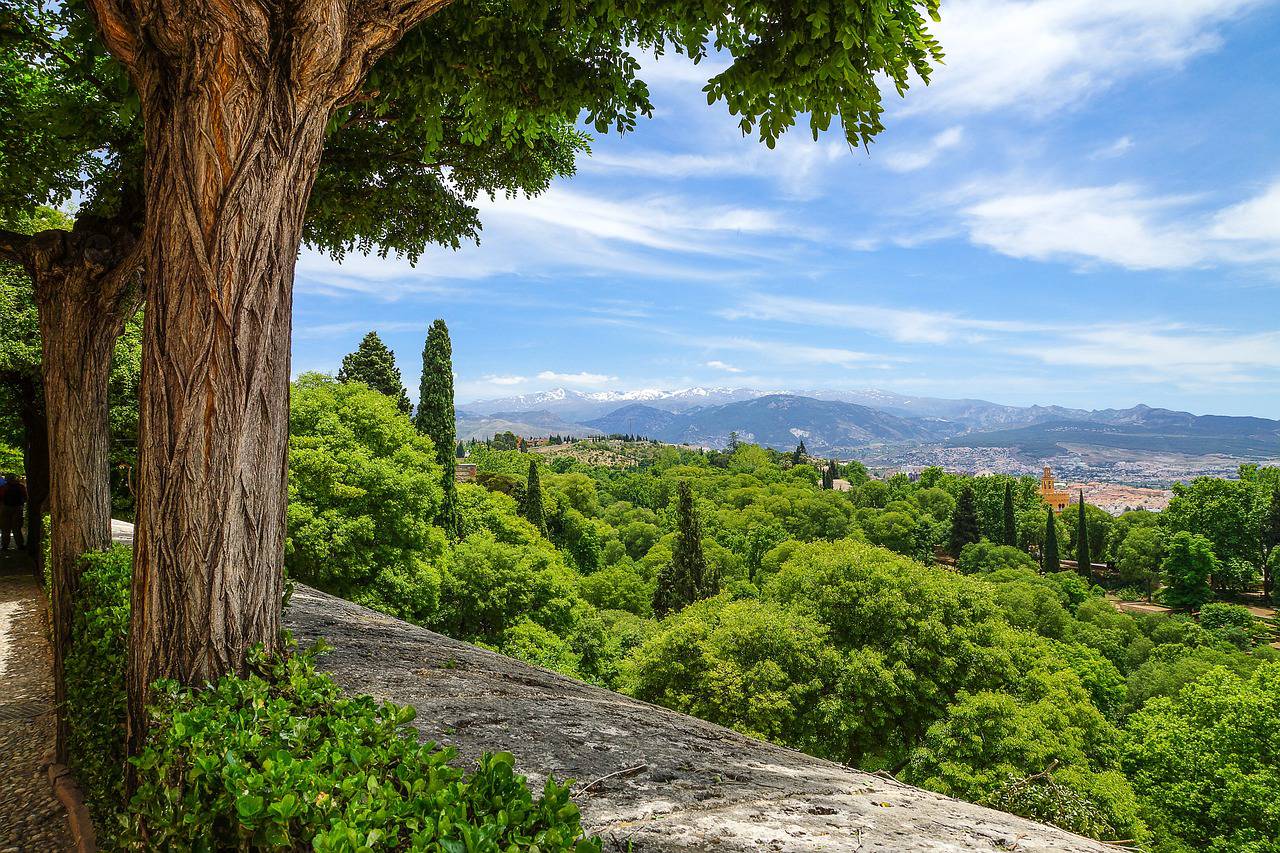Granada is a compact city that can easily be explored on foot, and with each step you take, you will be transported into Spain's Moorish and Christian history.
Visits to the well-known Alhambra fortress, the Alcaiceria (also known as the market), the Cathedral, and an unlimited number of other architectural landmarks are obligatory.
Explore the intriguing old Moorish section of Granada, the winding Albaicin, and then plan to go out again at night because the nightlife in this area is very vibrant.
Many tourists travel to Granada without preconceived notions of what the city offers since Alhambra enchants them. They find a grittier and more exciting city than expected, one in which gigantic churches, traditional tapas cafes, and counterculture graffiti art coexist with peaceful Islamic architecture and a street life influenced by Arab culture.
The city is sprawled at the foot of the Sierra Nevada, is the last stronghold of the Spanish Moors, and their legacy can be found everywhere: it is in the horseshoe arches, the spicy aromas emanating from street stalls, and the teteras (teahouses) of the Albayzn, which is the historic Arab quarter. The most striking example of this may be in the Alhambra, an incredible palace complex with Islamic decoration and beautifully designed gardens that have no equal in Europe.
Because the streets of Granada are so densely populated with bars, student hangouts, bohemian cafes, and tiny flamenco clubs, the city exudes an electric atmosphere; this, more than the city's more well-known landmarks, is what creates a long-lasting impact on visitors.
 Best time to visit
Best time to visit Language Spoken
Language Spoken Weather
Weather